An intermittent carbonization furnace is mainly used to carbonize various biomass wastes (such as wood, branches, straw, bamboo chips, coconut shells, etc.) into biomass charcoal. In addition, in an oxygen-deficient environment, biomass undergoes pyrolysis reaction at a certain temperature to generate combustible gas, wood vinegar, wood tar, etc. The solid residue left at the end is biomass charcoal. On June 2, 2024, a customer from Singapore asked us which equipment was needed to produce 4-5 tons of coconut shells per day. In addition, their space was limited. I hope we can give them a good idea. So we recommended the intermittent carbonization furnace to them.
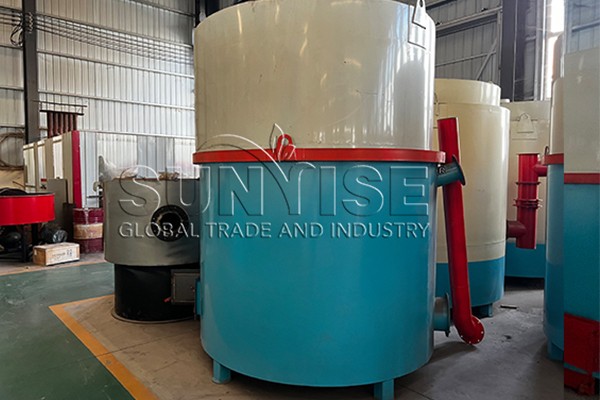
What equipment do you need to produce 4-5 tons of coconut shells per day?
Since the customer had limited space and required a daily production of 4-5 tons, we recommended the intermittent carbonization furnace model YS-500 to him.
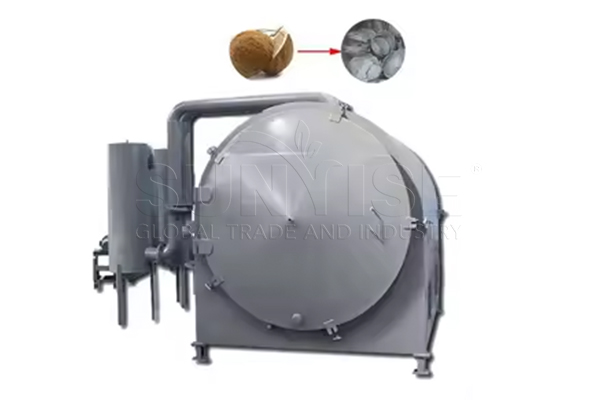
First of all, the working mode of this equipment, model YS-500, is very flexible. Due to its intermittent working mode, you can stop or start the production process at any time according to your needs, which greatly improves the flexibility and efficiency of production. In addition, the intermittent carbonization furnace is also very adaptable in the selection of raw materials. Whether you want to deal with various biomass wastes such as wood, straw, fruit shells, or other types of organic waste, you can use it for effective carbonization. Finally, the intermittent carbonization furnace is also highly efficient. You can use high-temperature carbonization, which can make the carbonization rate of raw materials as high as 80%-90%. Most importantly, this equipment only requires a few square meters of space and the price is around $3,000, which perfectly meets customer requirements.
What other equipment can help you improve recycling efficiency?
During the production process, a lot of waste gas will be generated to pollute the environment, so the following equipment is needed.
Pulse dust collector
The pulse dust collector model YS-800 can free you from the influence of environmental pollution during the production process, because it can capture smoke particles through high-efficiency filter materials, thereby cleaning the exhaust gas.
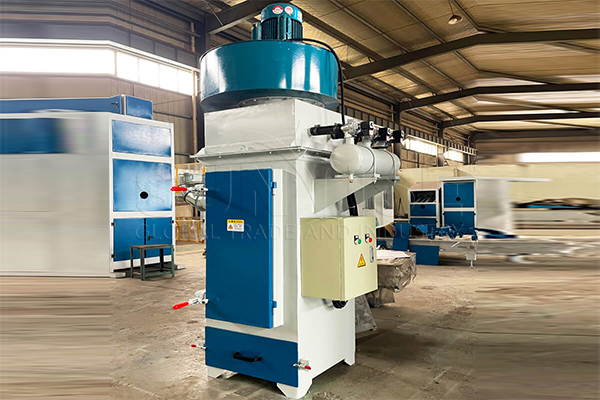
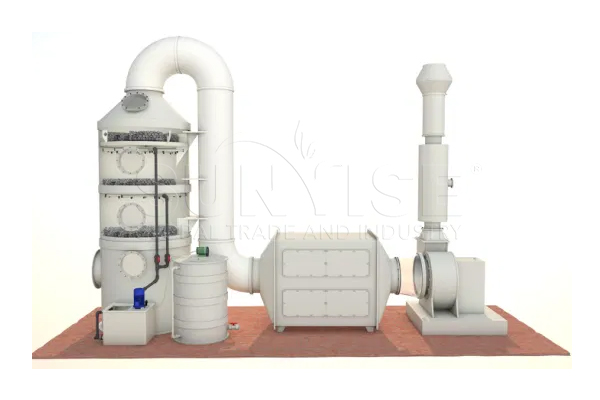
Activated carbon adsorption equipment
If you use the activated carbon adsorption equipment model YS-800 to treat the exhaust gas, it can effectively remove organic matter, heavy metals, hydrogen sulfide, hydrogen chloride and other harmful substances in the exhaust gas. And it is affordable, only about $4,000.
What is special about intermittent carbonization furnace compared to continuous carbonization furnace?
The main difference between intermittent carbonization furnace and continuous carbonization furnace lies in the continuity and automation of the carbonization process.

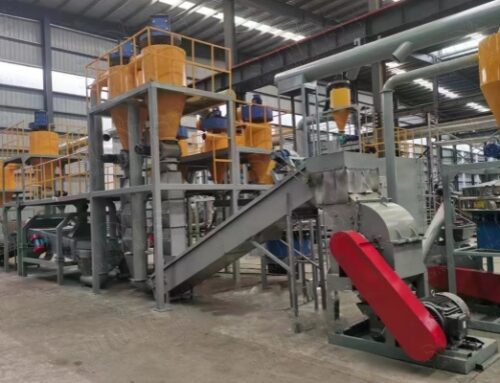
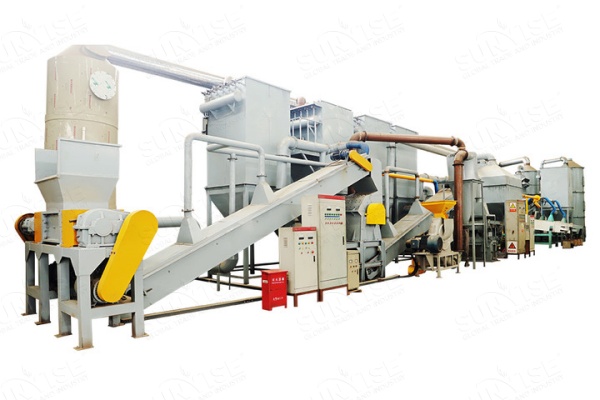
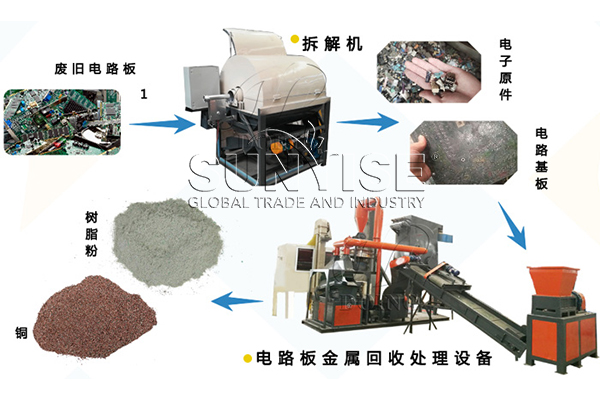
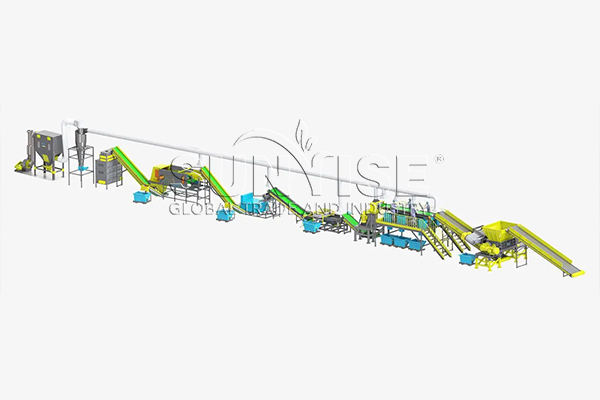
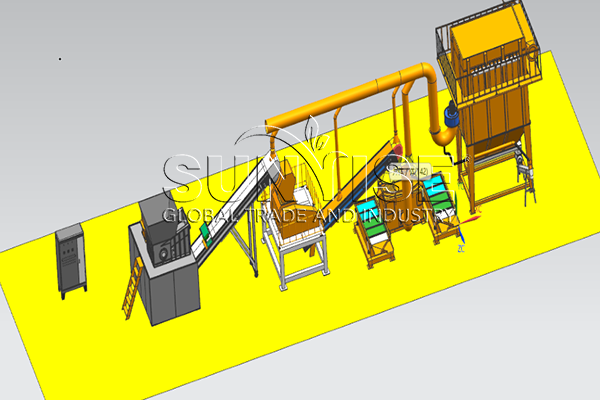
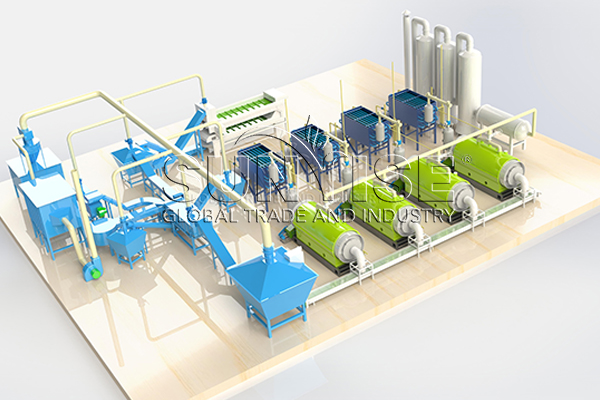
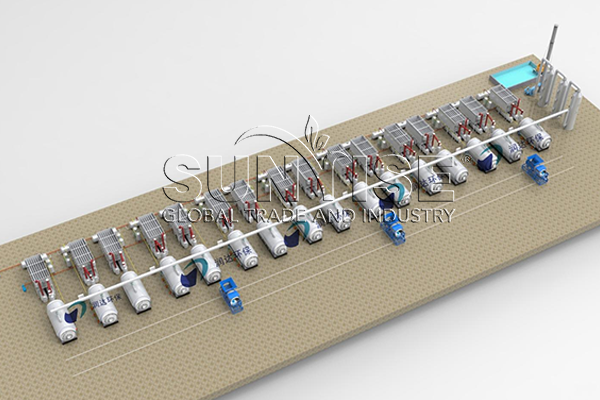
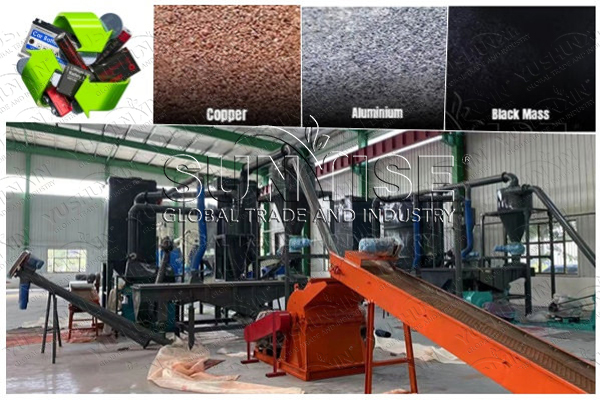
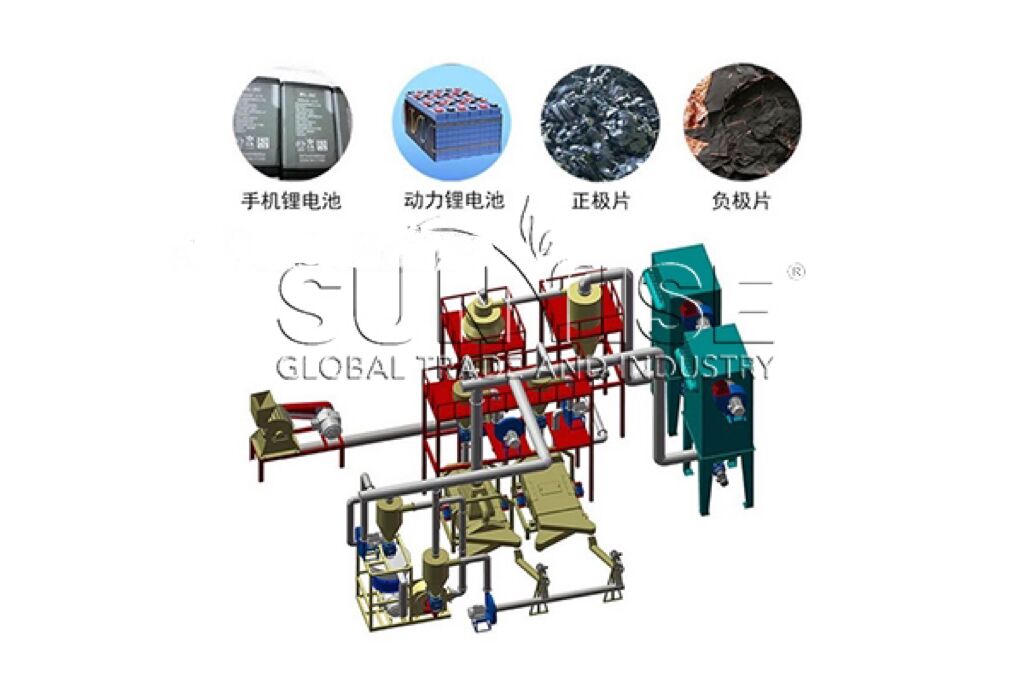
Leave A Comment